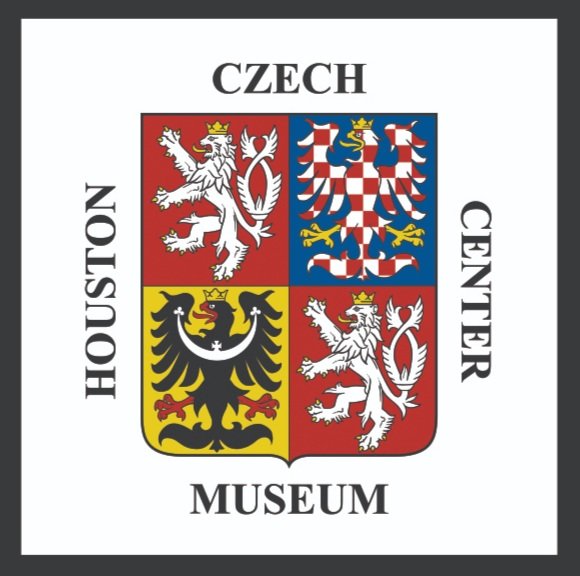The Allied invasion of Europe began an offensive that would ultimately lead to the fall of the Third Reich. With major victories in Africa, France, Italy, and other parts of Europe, allied troops would finally bring the Nazi war machine to its end on the 7th of May, 1945.
On April 15, 1945, eleven separate US infantry, armor, and cavalry divisions under the command of General Patton began their offensive from the west and south to liberate Czechoslovakia from its six-year-long Nazi occupation. In a coordinated and overwhelming assault on what remained of German forces, US troops overwhelmed German divisions and defenses within days. In the major offensive, lasting just three days, US troops liberated over 3,400 square miles of Czechoslovakian territory in the western regions of Plzeň, České Budějovice, and Karlovy Vary.
With the Soviet forces continuing to push through from the east, German divisions were either completely wiped out or forced to surrender. The multi-pronged assault led to a complete collapse of German forces, rapidly destroying any German resistance.
Soviet troops in Prague, Czechoslovakia, May 1945
On the 8th of May, 1945, German High Command formally surrendered to the allied forces, thus finally ending the Nazi occupation of Czechoslovakia and the Second World War.
Field Marshall Wilhelm Keitel, signing the ratified surrender terms for the German Army at Russian Headquarters in Berlin. Germany, May 7, 1945.
During the fighting, US forces experienced relatively few casualties, with rough estimates being fewer than 1,000 American soldiers killed or wounded in action. Soviet forces were not so lucky, taking the brunt of the casualties from the Germans with almost 50,000 dead or wounded. However, German forces faired the worst, with between 200,000 and 250,000 casualties and over 860,000 soldiers surrendering to Allied forces.
Following the liberation of Czechoslovakia, Allied forces were greeted with joy, gratitude, parades, and exuberant celebrations. People filled the streets cheering, waving flags, and showering soldiers with flowers and food.
U.S. forces would remain in Czechoslovakia for eight more months following the war in an effort to help rebuild and stabilize the nation. During this time, they helped to reestablish a working government as well as government services, rebuild critical infrastructure, and maintain peace and order throughout the country until the government could do so on its own. In early December of 1945, U.S. forces began their withdrawal from Czechoslovakia, officially returning the nation to its former sovereignty.
Today, the liberation of Czechoslovakia is still remembered and celebrated in the Czech Republic. Annual festivals and celebrations are held to honor and remember those who fought and gave their lives during the Second World War for the freedom of the Czech people.
WWII reenactors move through the streets during the Convoy of Liberty in celebration of the 80th liberation anniversary in Pilsen, Czech Republic, May 4, 2025.
These events not only serve to commemorate the liberation of Czechoslovakia but also as a reminder of the powerful bonds that are created during the crucible of war.
Written by: Samuel Mlinka
Sources:
Soviet troops in Prague, Czechoslovakia, May 1945. World War 2 Database, https://ww2db.com/image.php?image_id=18130. Accessed 13 May 2025.
Field Marshall Wilhelm Keitel, signing the ratified surrender terms for the German Army at Russian Headquarters in Berlin. Germany, May 7, 1945. National Archive Catalog, https://catalog.archives.gov/id/531290. Accessed 13 May 2025.
Monroe, Randis. Convoy of Liberty- 80th Year Liberation Anniversary of Pilsen. 6 May 2025. DVIDSHUB, Training Support Activity Europe, https://www.dvidshub.net/image/9017312/convoy-liberty-80th-year-liberation-anniversary-pilsen. Accessed 13 May 2025.
Dickerson, Bryan J. “The U.S. Army in Czechoslovakia 1945: An Operational Overview.” Military History Online, www.militaryhistoryonline.com/WWII/USArmyCzechOpOverview. Accessed 13 May 2025.
“Prague Offensive.” Wikipedia, Wikimedia Foundation, 4 May 2025, en.wikipedia.org/wiki/Prague_offensive. Accessed 13 May 2025.



